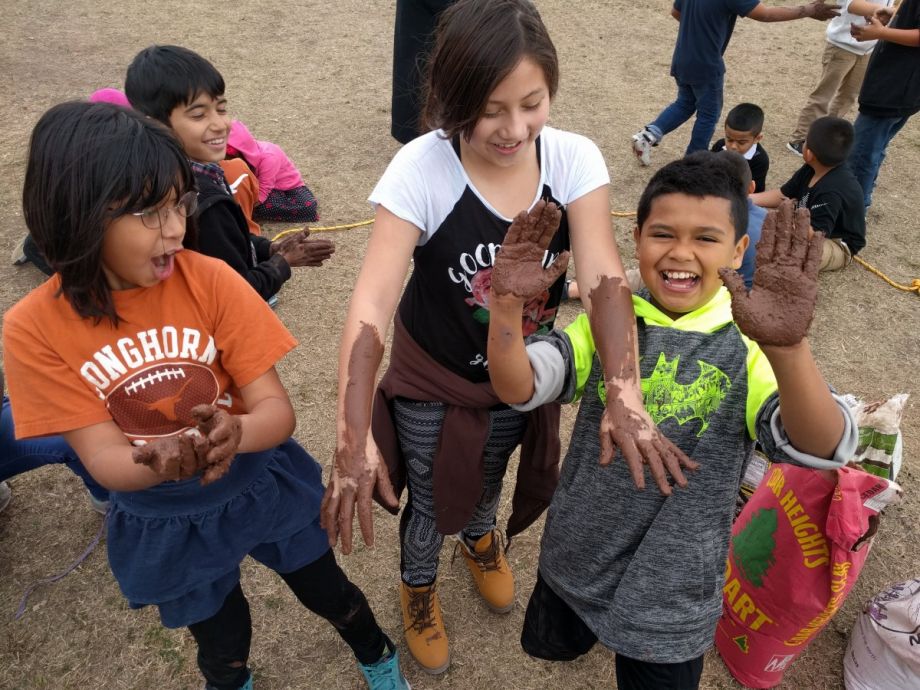Across the United States, city leaders are recognizing the benefits of parks and their ability to address well-known urban priorities like economic development and environmental sustainability. In recent years, that list has broadened to include the goal of improving the physical and mental health of residents. Half of U.S. adults have chronic health conditions, a third of our children are overweight, mental illness affects another 43 million adults, and parks are being called on to help address these serious challenges.
Time in nature is known to reduce stress, improve focus, and promote fit minds and bodies. But not everyone is realizing these benefits of outdoor recreation. The National Study of Neighborhood Parks, a national review of physical activity in parks, revealed that seniors and girls are two underrepresented populations in vigorous activity in parks. There are a number of ways to change this inequity, including more accessible design and walking trails, as well as better signage, but the number one way to get people active in parks is through targeted programming. Nothing increases park use and physical activity as much as planned and supervised activities that help people use the spaces available to them.
City Parks Alliance recently published Active Parks, Healthy Cities: Recommendations from the National Study of Neighborhood Parks to present inspiring, low-cost, and replicable examples of park activation for parks departments, community groups, and others to consider for their cities. For seniors, park systems with better trails and enhanced programming provide not only structure and encouragement, but also life-affirming companionship and fun. Programs for school-age children, including school-yard greening activities and after school park-based programs, are increasing physical activity and using time in nature to complement indoor learning and strengthen after-school education as well.
_920_1190_80.jpg)
Expecting our parks to bear the burden of public health is a big ask and, not surprisingly, park agencies are finding they cannot do it without help. They need community partnerships with local businesses, non-profits, Business Improvement Districts, schools and other organizations and individuals to improve access to parks, develop vibrant greenspaces and implement new health-promoting activities. We have found some inspiring examples.
In Austin, Texas, for instance, the Austin Independent School District (AISD) used a planning grant from Cities Connecting Children to Nature to bring together representatives from ten city departments, the school district, the public health sector, and nonprofit organizations to hammer out a three-year implementation plan to green schoolyards. They then put plan into action in two low-income communities with limited access to parks and made those spaces available to the broader community outside of school hours.
Anne Muller, the AISD’s outdoor learning specialist, tied the sharing of these greenspaces with the community to stronger connections between families and their schools. “Children who learn and play in nature are healthier, happier and smarter,” she said.
In Miami, Florida, the Fit2Play afterschool health and wellness program was developed over a decade ago through a partnership with the University of Miami Miller School of Medicine. Between 2009 and 2019, several thousand children aged 6-14 from diverse ethnic and socioeconomic backgrounds participated in the afterschool program hosted by the Miami-Dade County Department of Parks, Recreation and Open Spaces.
Program participants were monitored for health conditions and the results showed they were able to maintain healthy weight, blood pressure, and fitness levels, as well as nutrition knowledge over one school year. Fit2Play results have been published in over a dozen peer-reviewed scientific manuscripts and the program has been disseminated to organizations across Florida as the gold standard of park-based afterschool models. Fit2Play continues to be offered to hundreds of children in over 30 parks throughout Miami-Dade County after school. The program is now being introduced in Brownsville, Texas, a city challenged by high obesity, diabetes, and 31.4% of residents living below the poverty line.
Creative partnerships and programs like these are just two of the innovative ways park systems across the country are helping residents get active and get healthy, but they cannot replace traditional parks and recreation agencies altogether. To that end, City Parks Alliance commissioned Investing in Equitable Urban Park Systems: Emerging Strategies and Tools, a research report by Urban Institute that explores 19 different funding models and their equity impacts in cities of various sizes across the country.
The two publications offer new ways to think about programming and funding for city parks. The bottom line is that by leveraging creativity, innovative partnerships, and new funding models we can address the programming and financial gaps in today’s parks to ensure every American — regardless of age, gender or physical ability — has access to greenspace and every city is leveraging their parks to their fullest potential to improve lives.
Catherine Nagel is the executive director of City Parks Alliance.
















